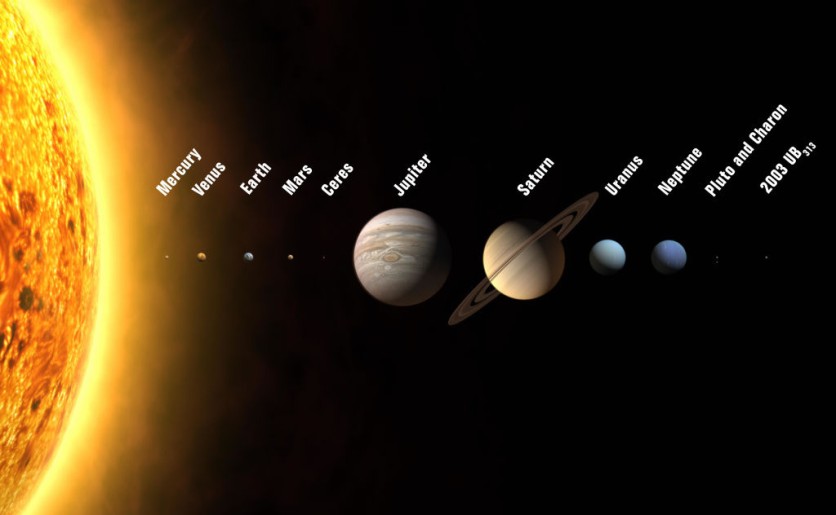A beautiful celestial event will happen where people can observe without special equipment. The next planetary alignment will occur in the night sky on June 17 before sunrise, which consists of five planets, including Saturn, Neptune, Jupiter, Uranus, and Mercury.

Spotting the Five-Planet Alignment
On the morning of June 17 before sunrise, people will be able to see a rare five-planet alignment occurring in the sky. The planets will march across the sky from lowest to highest in the following order: Mercury, Uranus, Jupiter, Neptune, and Saturn. The next 5-planetary alignment will not happen again until September 8, 2040, so you better not miss this chance.
While special equipment will not be needed to see the rare celestial event, Business Insider reported that you will need very clear skies, impeccable timing, an obstructed view of the horizon in the east, and binoculars to spot all five planets.
Jupiter will be the brightest among the five planets and will be the easiest one to spot. Over the southeastern horizon,, you will see Saturn which will appear dimmer and smaller than Jupiter. Despite its size, the planet will still be visible to a human's naked eye. Mercury will be placed down and to the left of Jupiter, barely above the horizon.
Compared to the first three mentioned planets, Neptune and Uranus will be the hardest to fon as both are the farthest from the Earth and the faintest in the sky. Incredibly-clear skies without light pollution and a good set of binoculars are needed to spot the two planets and witness the rare five-planet alignment.
Also Read : Watch The Rare 5-Planet Alignment on Livestream for FREE! Here's How You Can Watch the Event
This may be difficult to spot the planets amongst other stars and other constellations, so using a third-party application like Sky Tonight could help you find and identify each planet for the rare event. For lucky people, this will be visible days before and after June 17. However, it is the best date for viewing the planetary alignment as they will shine the brightest during this day.
Planetary Alignment vs. Planetary Parade
During the planetary alignment, planets do form a line but it is not perfectly straight. StarWalk reported that this is an event when multiple planets appear in the sky of the Earth on the same side of the sun at the same time. However, this event is not actually the planets lining up in some sort of planet pared in our solar system.
The planetary alignment is just a visual phenomenon when people can see through their naked eye the planets close together in a small section of the sky. Nevertheless, the celestial event is still beautiful and rare as the next alignment of the five planets will not happen again until 17 years from now.
In his interview with BBC, Royal Observatory Greenwich Astronomer Jake Foster stated, "Every once in a while, they get close enough to each other in the sky that we're able to see quite a few at once."
The different types of planetary alignments are distinguished according to the number of participating planets. Three planets will be visible for the mini-planetary alignment, four planets for small-planetary alignment, 5-6 planets for large-planetary alignment, and seven planets for the great/full-planetary alignment where sometimes Pluto enters.
Related Article : 4 Planets In Our Solar System Will Be In Rare Alignment and Visible To The Naked Eye In June 2022

ⓒ 2025 TECHTIMES.com All rights reserved. Do not reproduce without permission.




